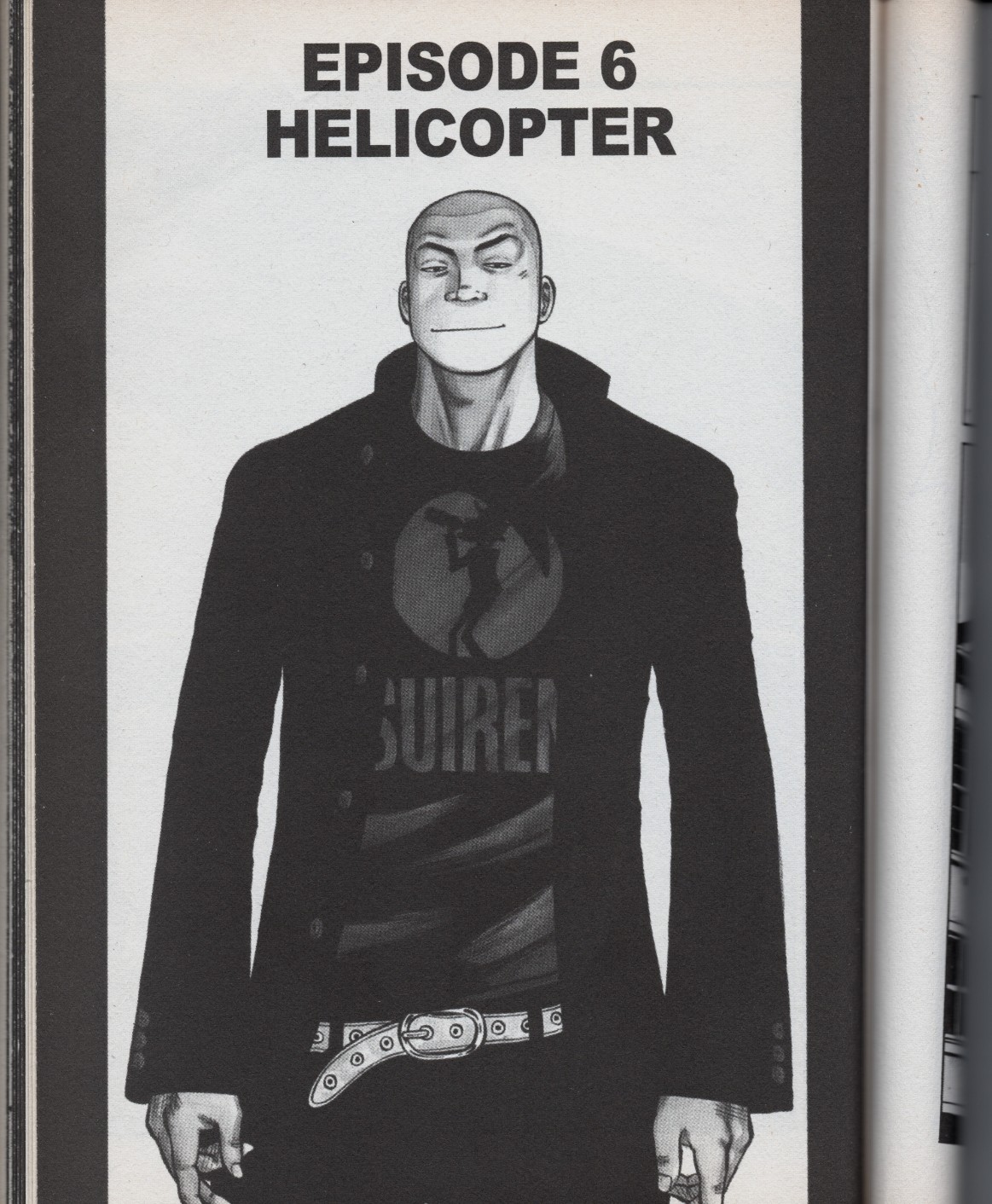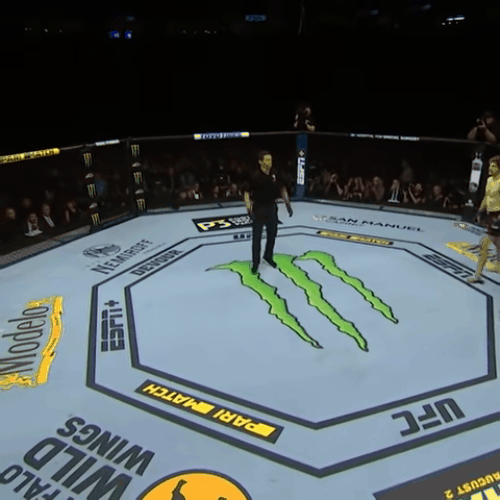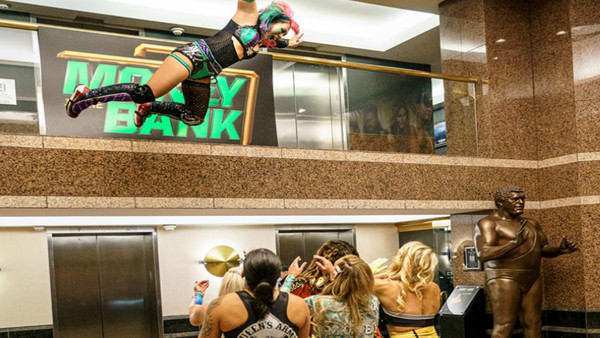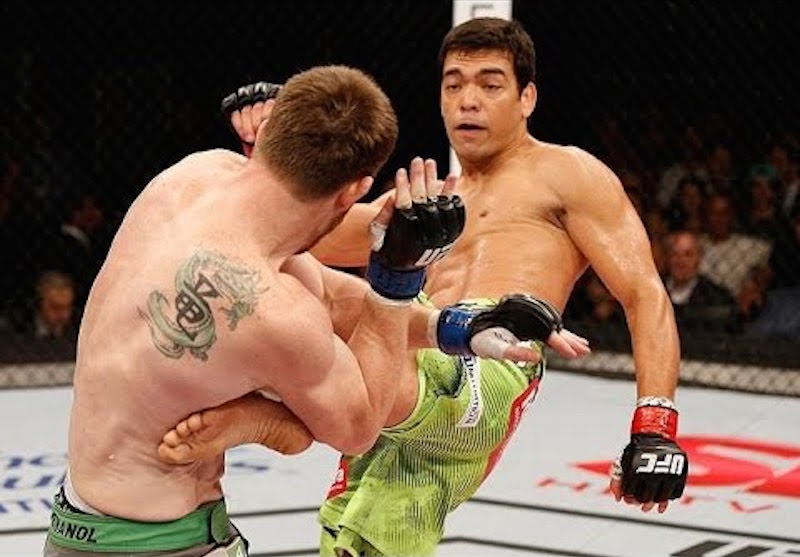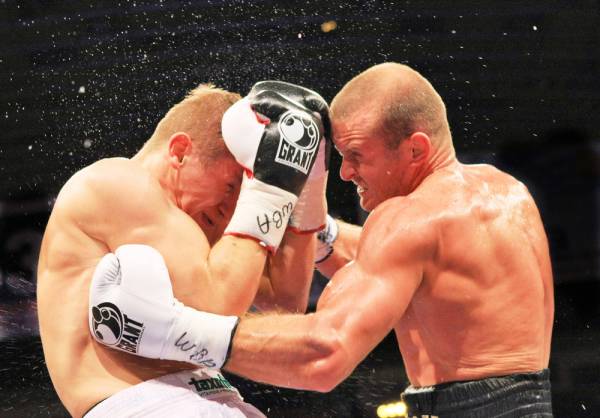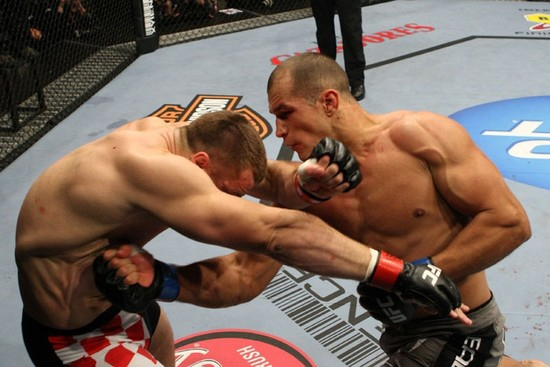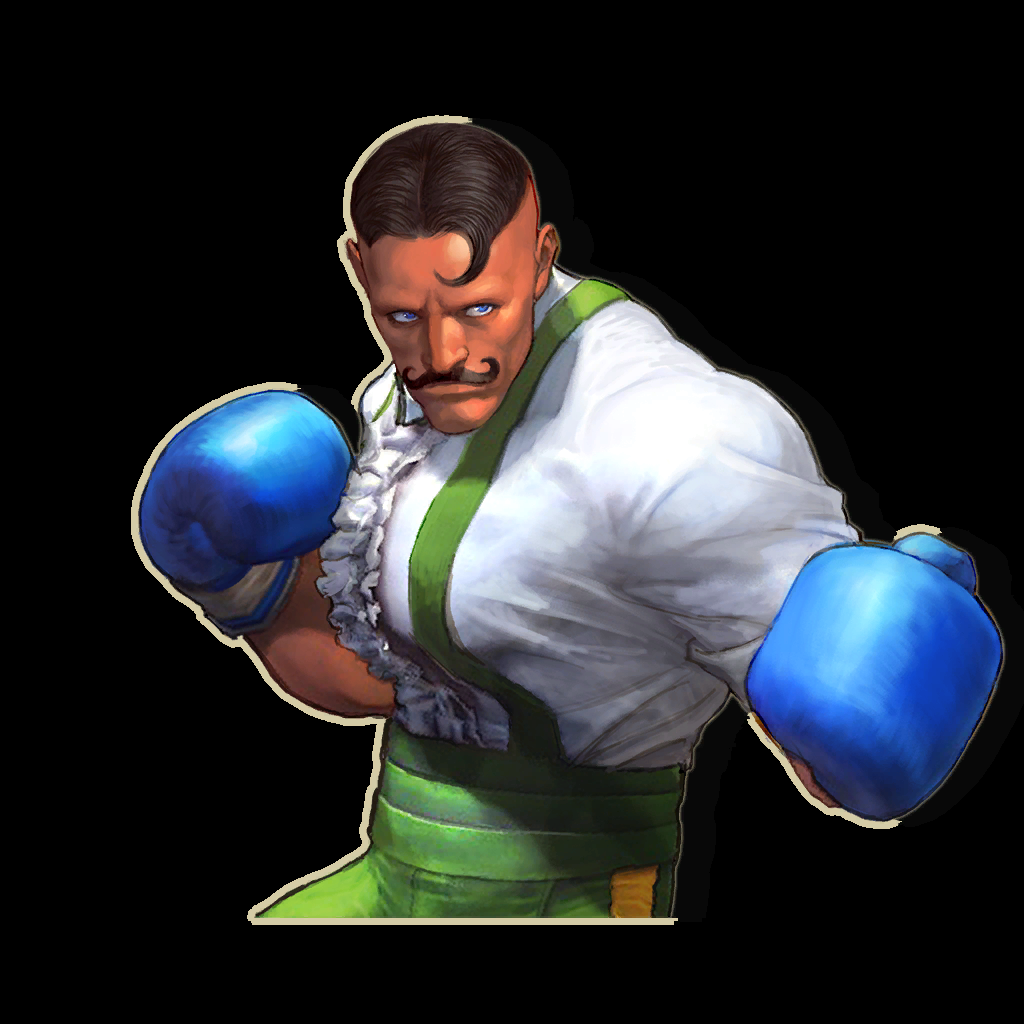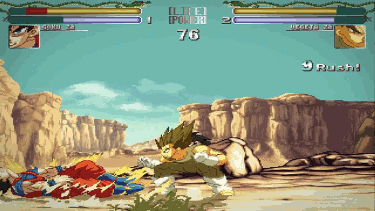
Yu Suzuki’s Shenmue is getting an anime that will be premiering via Crunchyroll and Toonami. The news is a little shocking. Although Shenmue III smashed its Kickstarter goal, when released the game did get some mixed reviews.
Personally I’m excited for the imminent anime series, as I slowly continue to slog my way through 1 and 2. But this isn’t the first time one of Suzuki’s properties has made it into anime form. In the 90’s there was also an anime series based on the adventures of some particular martial artists.
That’s right, I’m talking about Sega’s fighting games series that is officially more under utilized by the company than Sakura Wars and Streets Of Rage: Virtua Fighter.
What is Virtua Fighter?

Virtua Fighter is a 3D fighting game franchise that premiered and thrived in the arcades in the 90s. The game has a three-button system (Guard, Punch, Kick) and a diverse cast of fighters that beat each other up in a realistic type of fighting game environment. Realistic here is defined as not containing flashy fireballs and super ultra multi-hit special combos derived from a special meter or command. There are still certain moves and mechanics (space jumps) that are unrealistic, but for the most part, Virtua Fighter is not like Street Fighter.
It’s closest cousin would actually be Tekken and there’s an ironic reason for that. Virtua Fighter was co-created between Yu Suzuki and Seiich Ishii. Ishii went on to become the director for the first two Tekken games, as well as cult titles like Tobal 2, Ergheiz, and The Bouncer. But where Tekken is all about air juggles and wave dashing, Virtua Fighter is a little more simple to grasp, yet also as deep as the ocean in terms of mastering. It’s also lite on presenting its lore compared to Tekken and other fighters..
Where Is Story Mode?

There’s the old gaming adage that the story in fighting games doesn’t matter.
Not true.
I’d point out that rough launch of Street Fighter V devoid of a story mode hurt the game’s Launch. Netherealm Games produce the slickest story modes for their games.
At the very least character endings in Arcade Modes have always been the norm for fighting games, except for Virtua Fighter (not counting Virtua Fighter Kids). There isn’t usually a story mode in the games. And ending the games usually just results in the credits.
This isn’t to say that Virtua Fighter is completely devoid of lore. There are some interesting stories and background regarding Sega’s cast of combatants.
And there’s been a few attempts to tell it through material like a CG Portrait Series, and some OVAs that were essentially like music videos for each character. This may explain the anime’s approach to the story and characters of Virtua Fighter because while some aspects of the show feel 100% faithful to the games, there are plenty of times when the series feels, uh..questionable.
But The Anime Series?

Virtua Fighter’s anime series was released in 1995 in Japan as a 35 episode series aimed at young kids and teens. It made its way to the United States, though there were only 24 episodes of the series dubbed. The rest I haven’t been able to find anywhere so far. However those 24 episodes can currently be streamed for free on either Tubi or RetroCrush.
And while it does suck that we don’t have the complete series, we did manage to get major plot points wrapped up by the time we finish the 24th episode. It appears that the remainder of the series is part two where the story picks up three years later. So still, here’s hoping that RetroCrush picks up the rest of the series to stream in the near future.
The series was directed by Hideki Tonokatsu, who has done other anime such a few from the Lupin III franchise in the 2000’s, Hellsing Ultimate, and most recently the first episode of the latest Fruits Basket (2019) series. TMS Entertainment was the animation studio behind the series and they’re a major studio that has had their hands in countless titles which roughly at the time of Virtua Fighter’s release, they were also working on Detective Conan, Monster Rancher, Kenichi The Mightiest Disciple, Hamtaro, and ironically another Sega Flagship game series: Sonic X.
Some of the series mentioned are kind of the mid-tier to high-tier shows that were found during Saturday Morning Cartoon broadcasts or early Toonami blocks. Virtua Fighter would have fit perfectly within any of these slots. Animation wise, you could tell that the budget wasn’t necessarily that high, but it’s by no means terrible. In fact some of the fights between main characters end up stealing the show at points.
It’s not exactly Street Fighter II The Animated Movie in terms of martial arts fight scenes but it’s also not Street Fighter the American Cartoon either. And that’s all I could really ask for from this series. Besides for a game that again, has no story mode, WE ALL ABOUT THAT FIGHTING GAME PLOT BAYBEE!
How Faithful Is It To The Source?
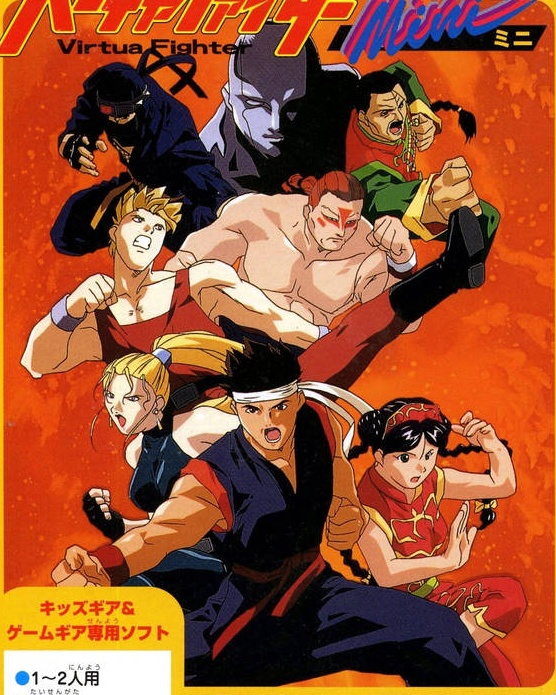
Virtua Fighter is very tropey anime.
Even worse than that, it’s 90’s anime tropey.
You’ve got Akira being portrayed as your typical 90s anime plucky protagonist who has a sense of honor, loves to eat as much as he loves to fight, and is happy go lucky. This is Akira in the anime but I also named the traits for like a million Shonen Jump protagonists. In the games, Akira comes off serious, honorable and only interested in perfecting his art. And this points to other fighting game protagonists, notably Ryu, but even in that arena, Akira comes off more hot blooded.
His most famous saying is “Junen hayainda yo!” which roughly translates to “You’re Ten Years Too Early!” That’s nothing some you’d hear Ryu saying to an opponent, and even his evil counterpart isn’t spitting Bars that potent.
Continuing with questionable characterizations Pai is portrayed as the typical tsundere female potential love interest to Akira. She’s loud, angry at any action Akira does or doesn’t do, but worries and frets at the hint of Akira being hurt, missing, or in danger. In the game, at best the two are respected platonic friends. Yet one could argue that since they seemly have little to offer in characterization in the game this gave the anime team an opportunity to in fact give them some type of character.
Yu Suzuki is credited with the show as “Creator” but it’s unclear just how much involvement he had with the anime. The closest Suzuki planned on at least giving Akira some major lore to work with would have been a planned Virtua Fighter RPG which wound up instead becoming Shenmue. So I have to wonder if maybe that game’s original intentions would have followed the same story and character beat as the anime.
Hard to say.
But while that particular characterization is a bit murky, the anime series does remain faithful in other areas. For example the overall story of the Bryant siblings is the similar to the games. Sarah Bryant does get kidnapped by an evil organization and is brainwashed. Jacky, her race car driving brother does any and everything to save her, including fighting her. And after the fight, Sarah feels that she should strive for her independence and be her own woman rather than rely on her brother all the time. Pai might be another 90’s anime trope, character wise, but she is also an actor like in the games. She also hates and blames her father Lau for the death of her mother. Jeffery is a fisherman seeking a strong enough boat to go after the Devil Shark and still has a sick Powerbomb.

It’s almost like the anime team took the root of the character and lore and applied a lot of it, while also taking some creative liberties. That’s kind of similar to what Udon did with the Street Fighter series. The difference is that, Udon had more lore to play around with.
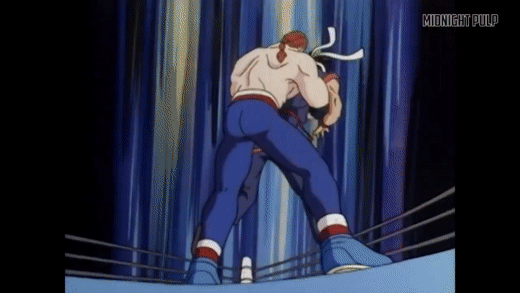
But there are the little ways in which this series manages to stay faithful to the source. Most notably this happens when the characters perform some of their signature moves and the narrator announces and breaks down how and why it’s devastating to opponents. And he does the breakdowns in such an overstated and excited way. It’s nice. It’s kind of like a throwback to announcers you used to hear in old school fighting games.
It’s A Charming K.O
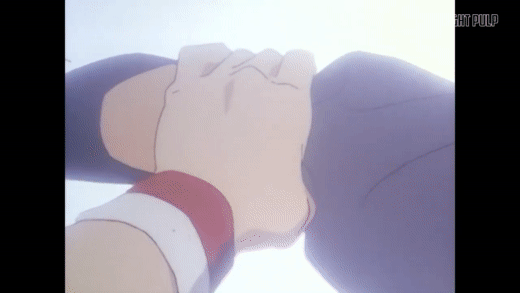
The Virtua Fighter Anime series isn’t a perfect win. But it’s still a win. It’s got enough charm, comedy, adventure and action to entertain you. It falls into many 90’s kid anime tropes, but it also tries to remain faithful to its source. Also, it’s got an opening that just bangs. Seriously, if I can ever find a Karaoke Bar with this song, I’ll be happily belting this out. I’m sure the Shenmue Anime will probably outshine Virtua, but while you wait, it’s still a recommended watch.
And if you’ve never played the games before, I highly recommend checking them out. You can play some of the titles in the Arcades of the Yakuza games. The last title in the series, Virtua Fighter 5: Final Showdown released ten years ago on the Xbox 360 and PS3 and they still look and play so good. Check out some top players in nycfurby’s and Virtua Kazama’s streams.
–Liked The Post?

